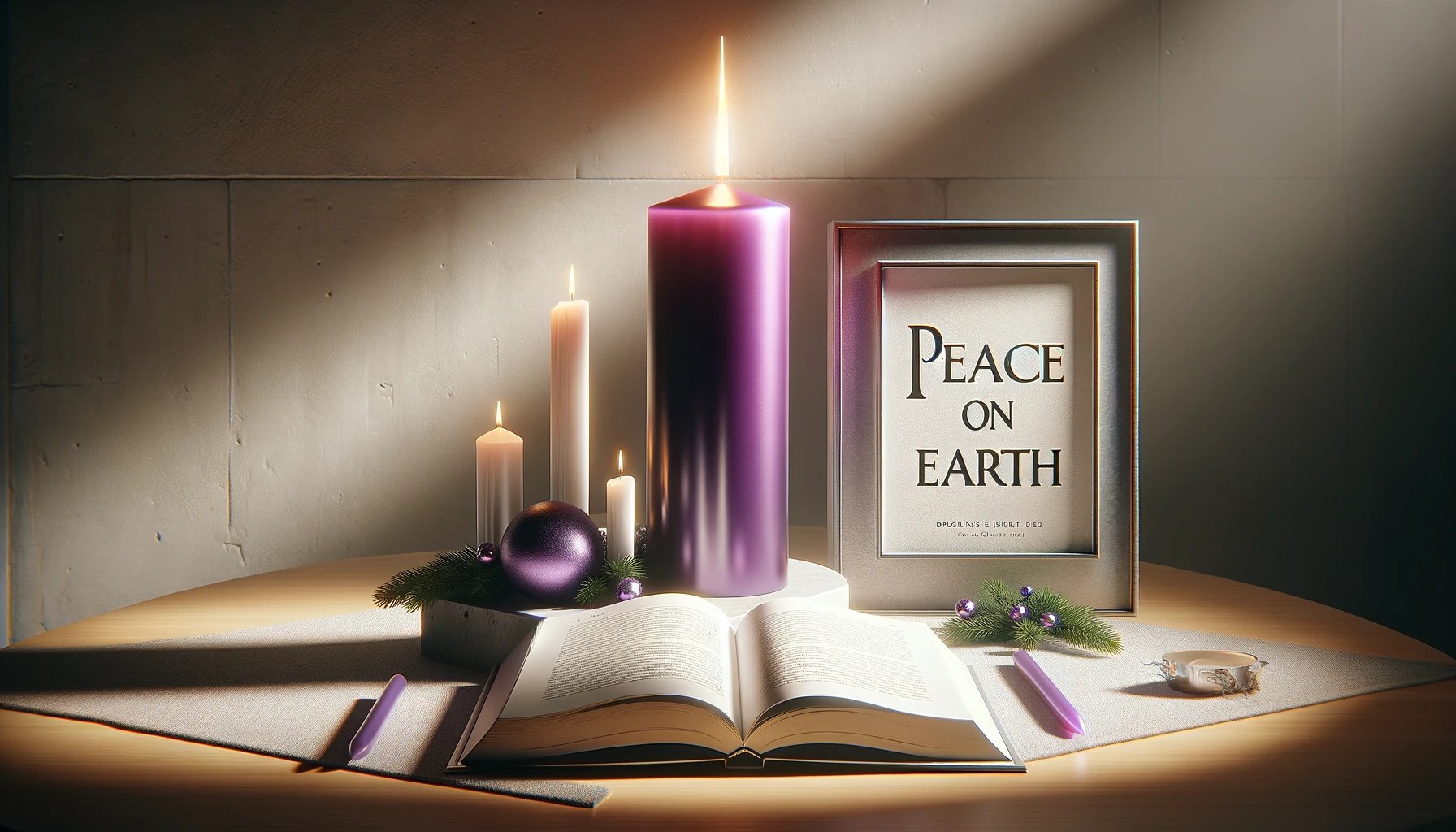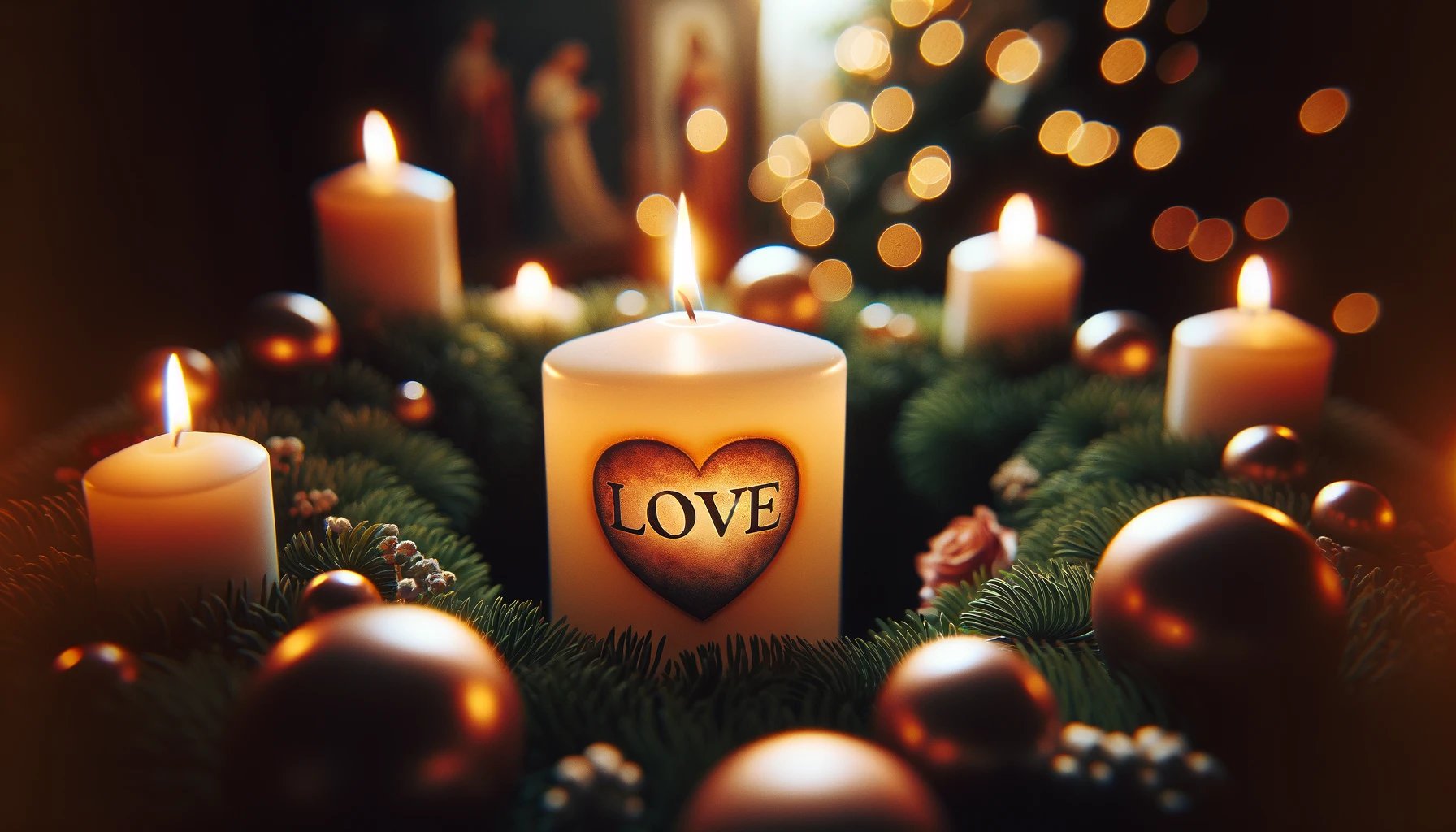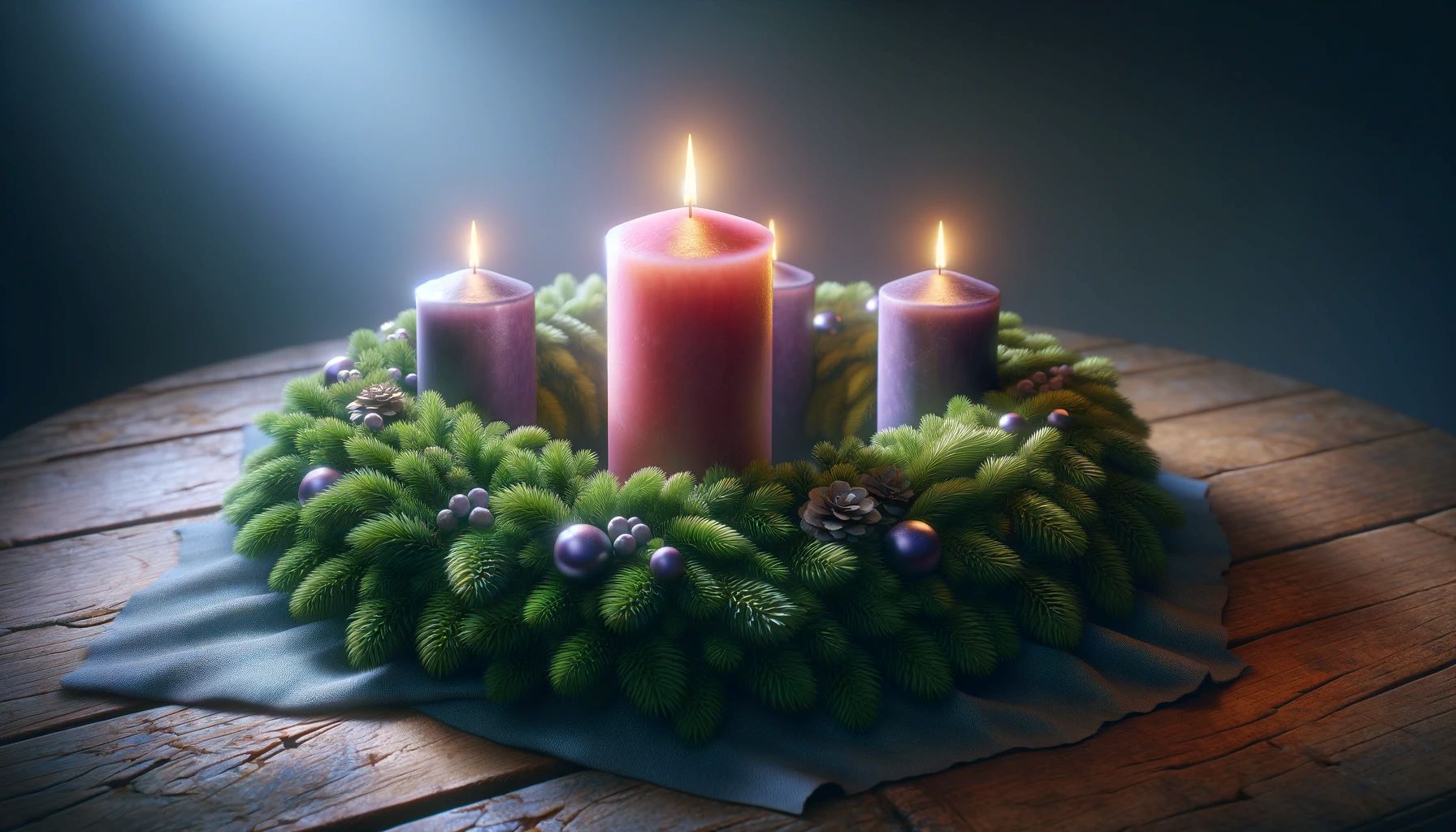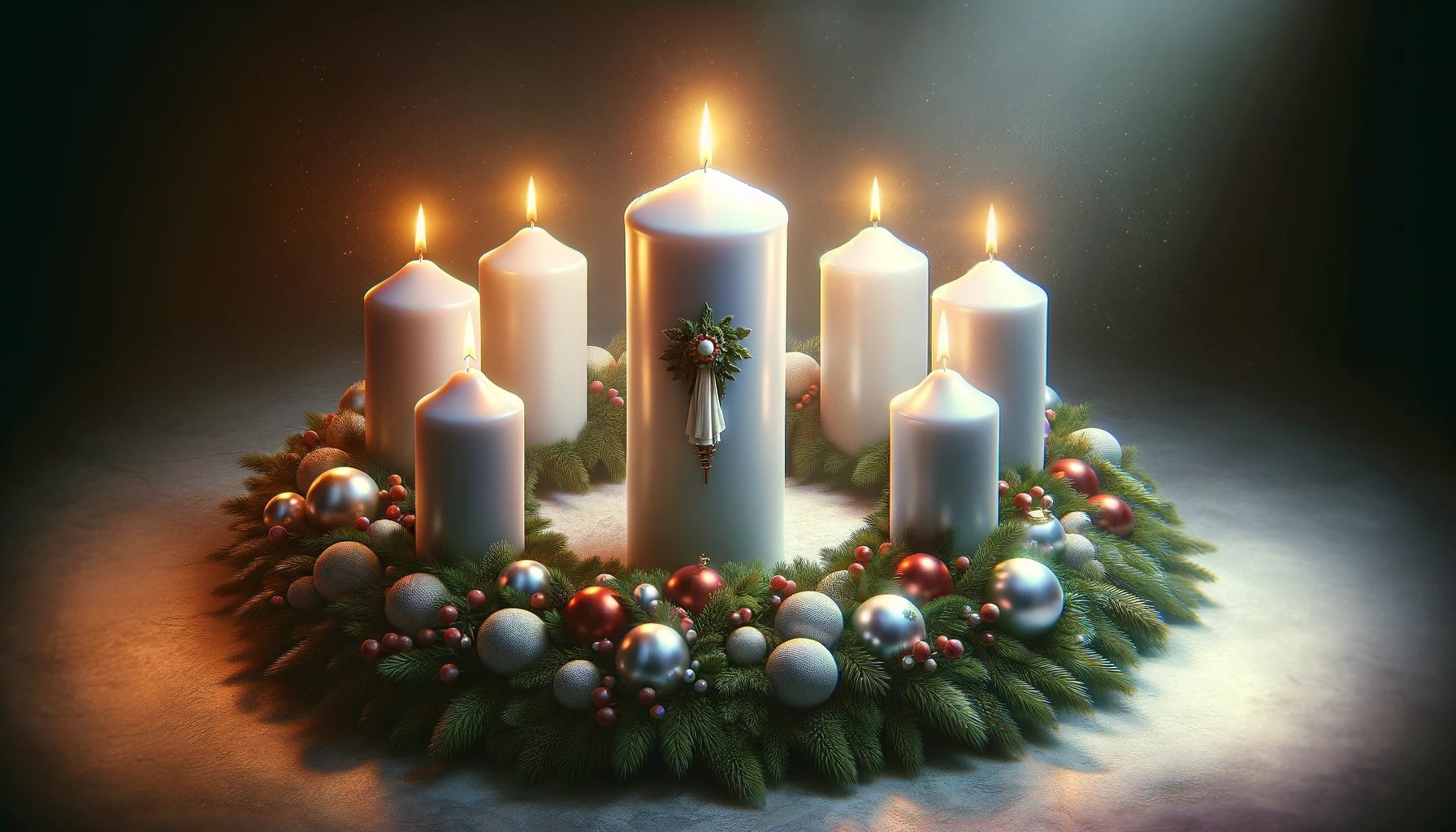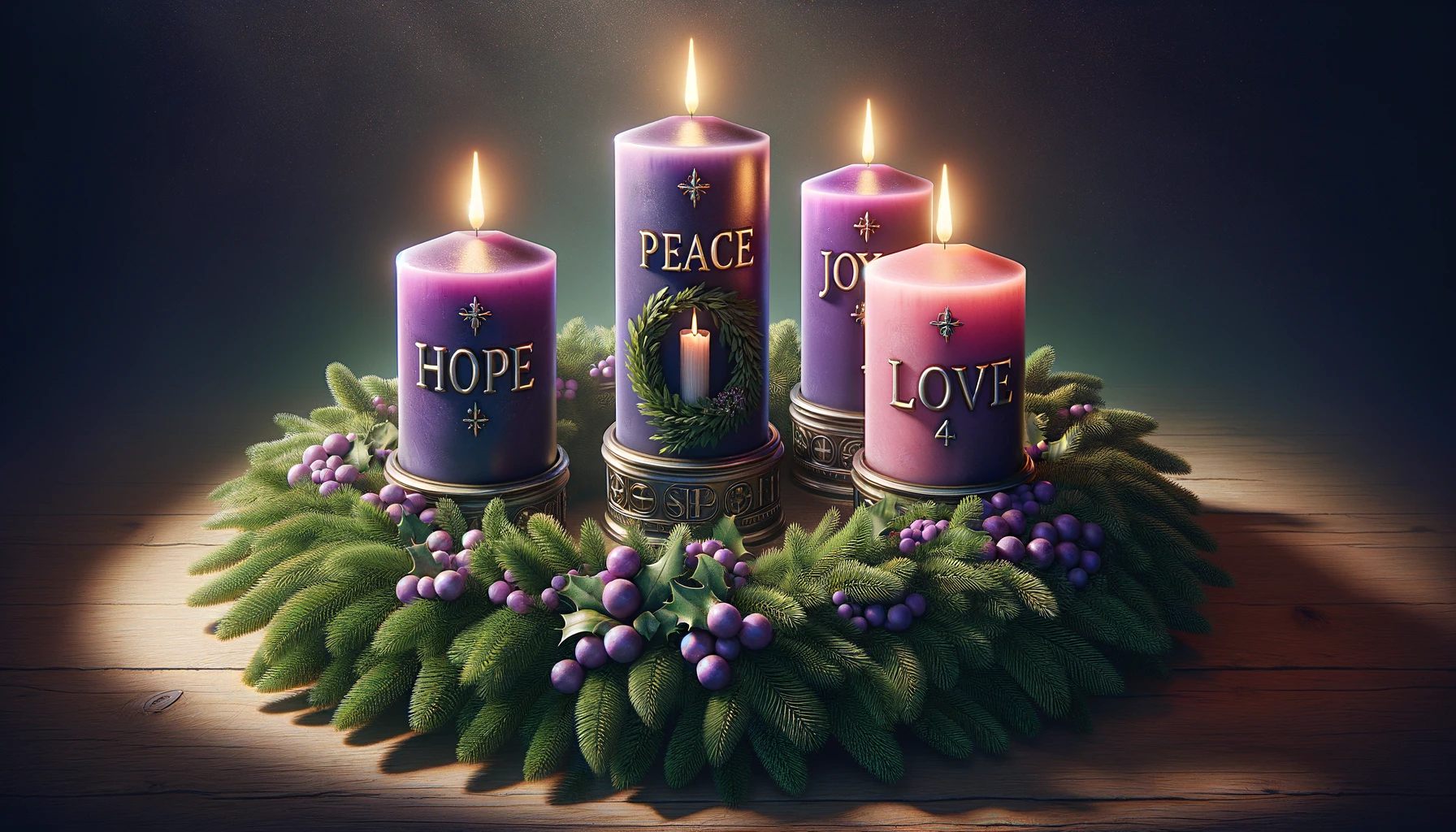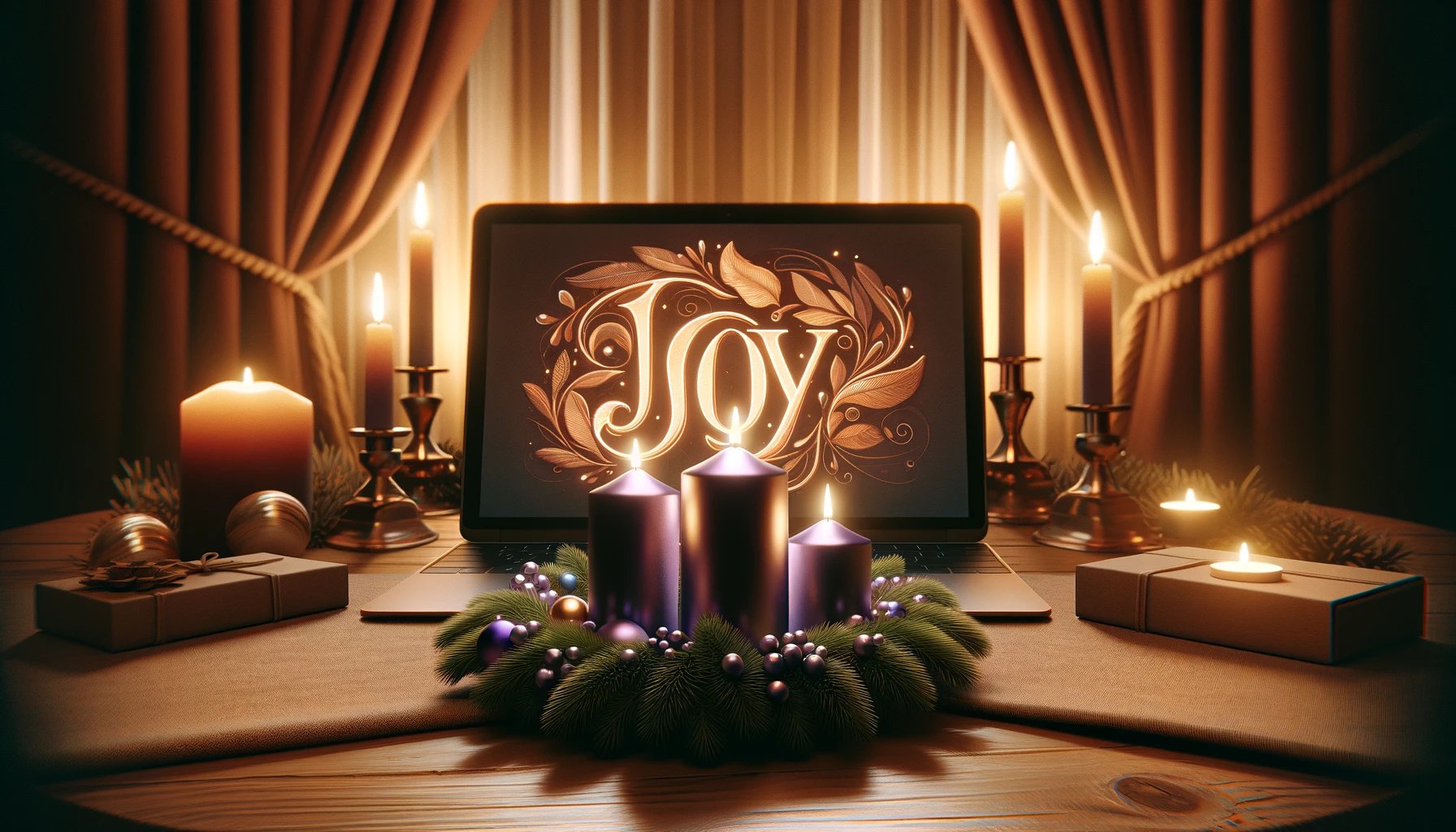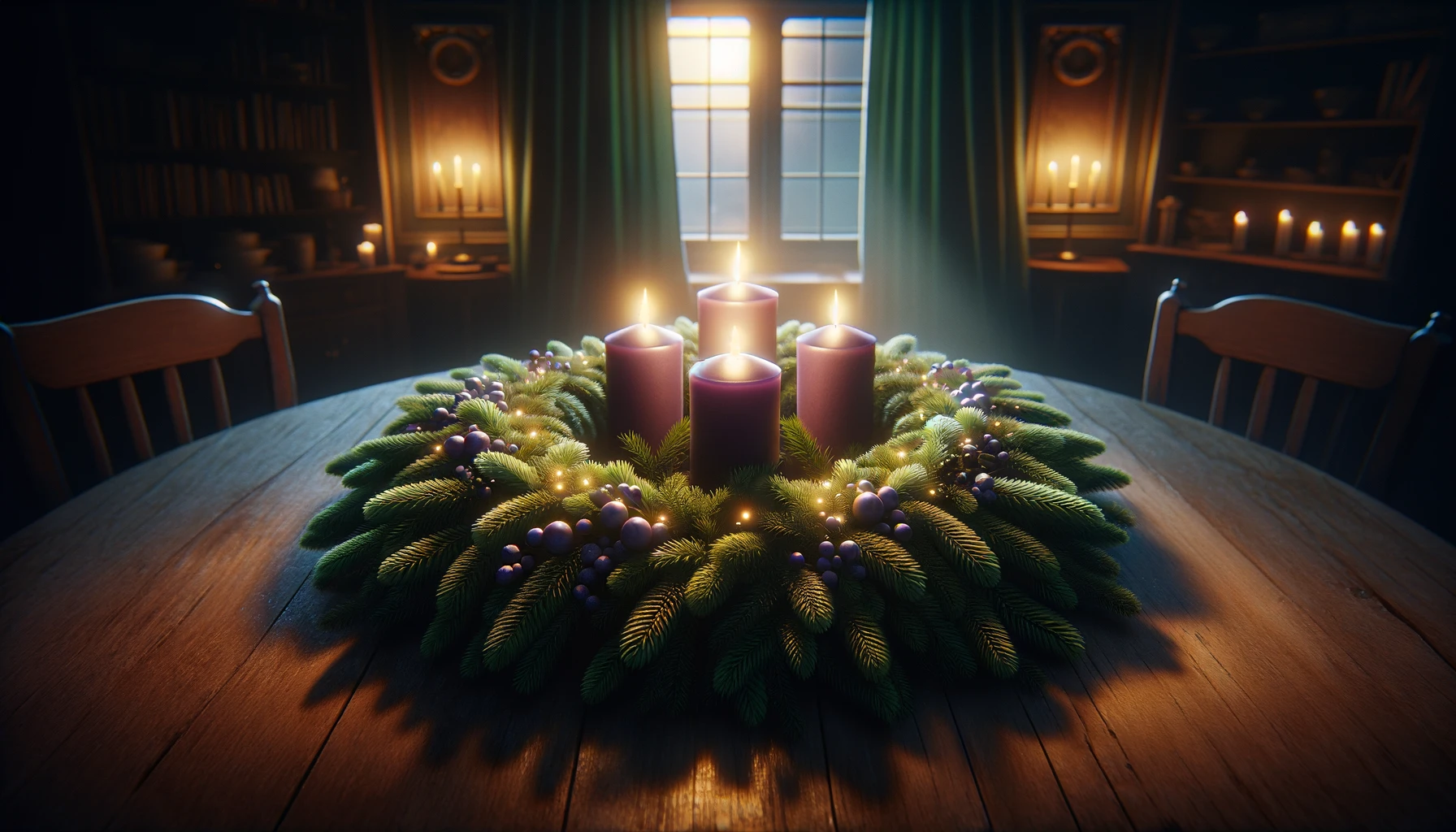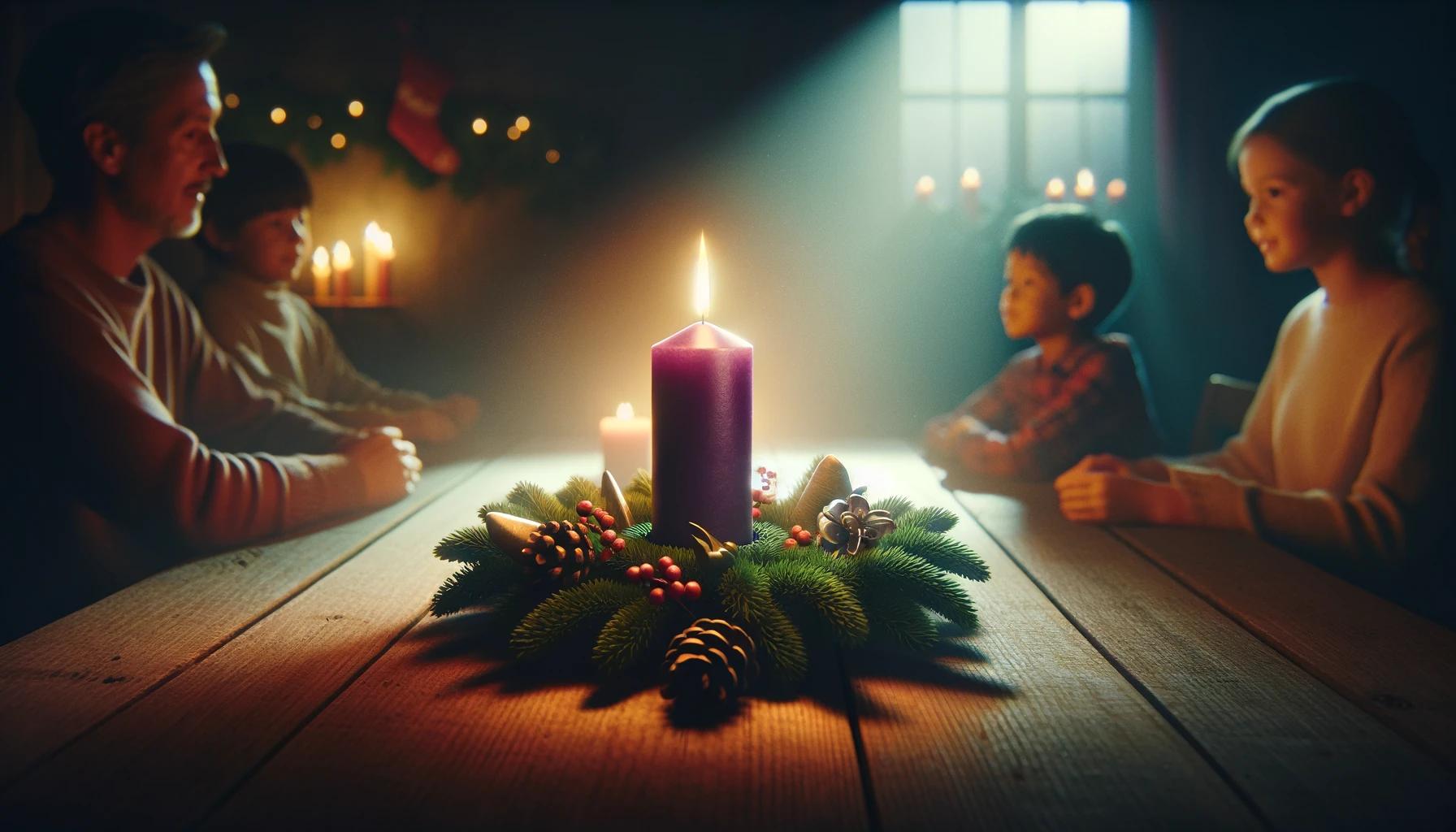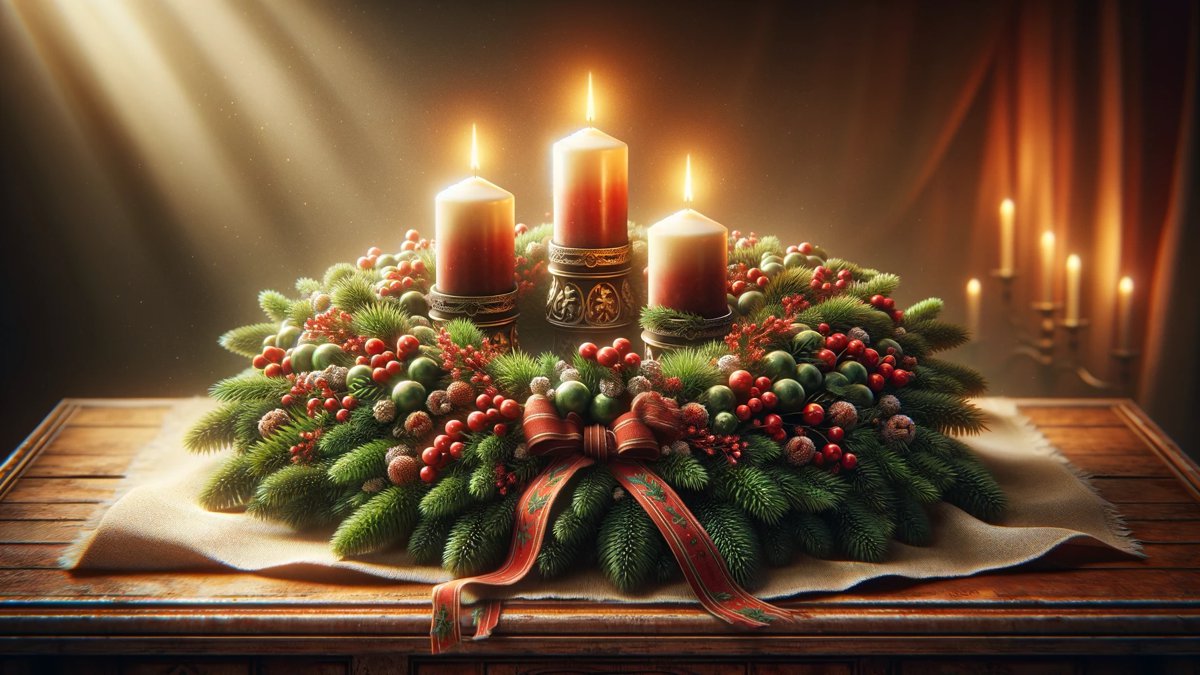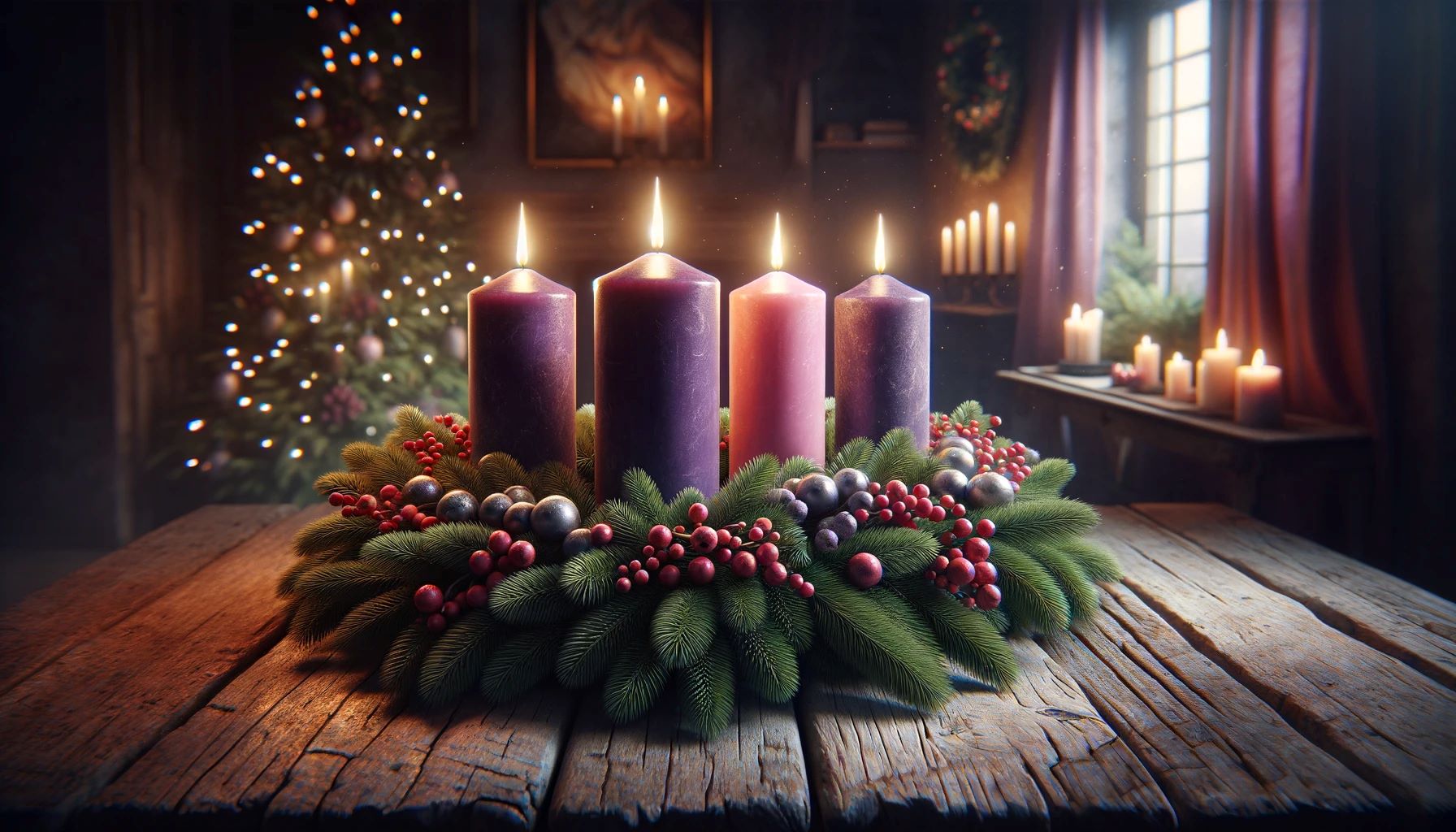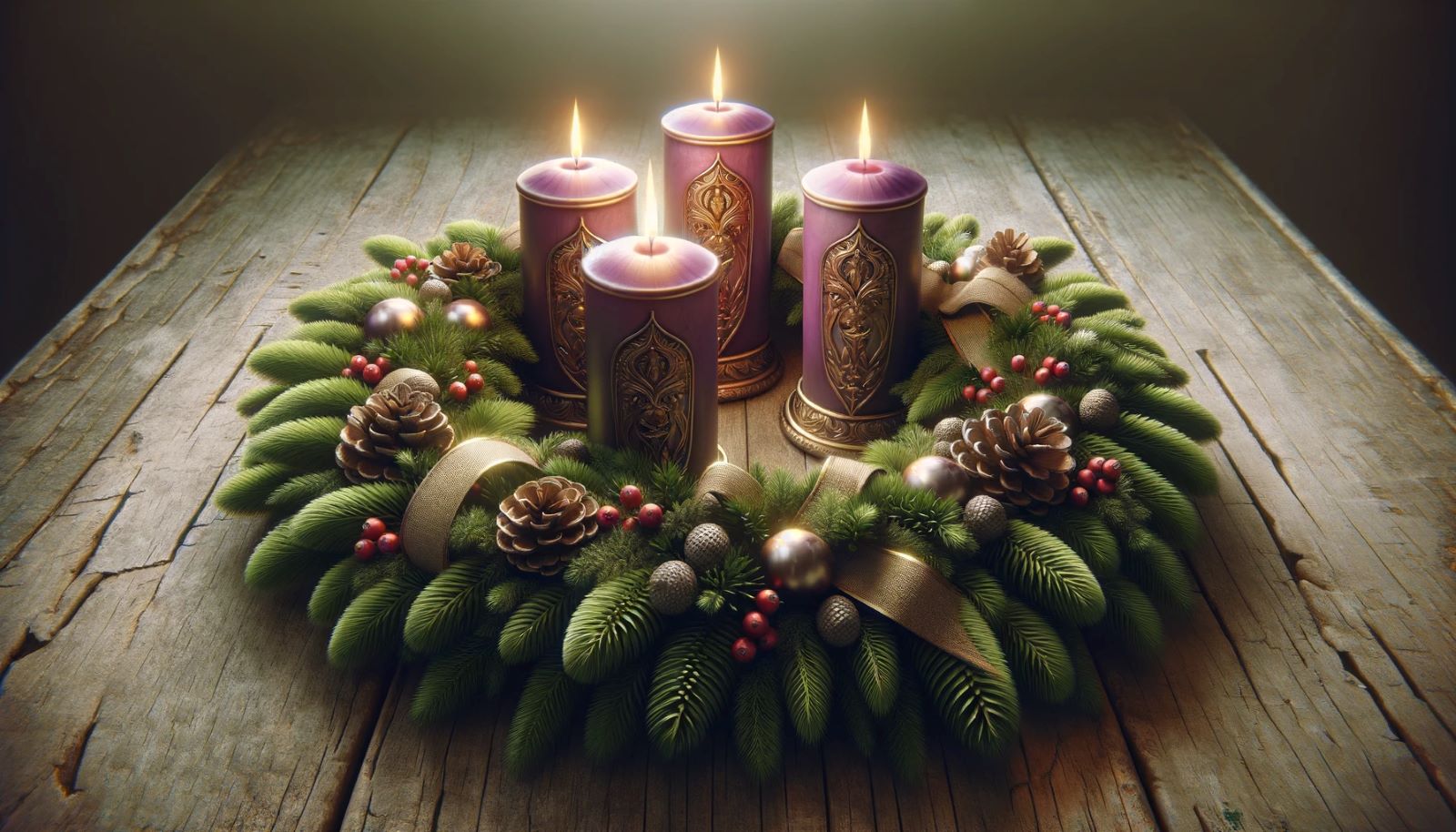Home>Special Themes>What Does The Second Candle Of Advent Mean
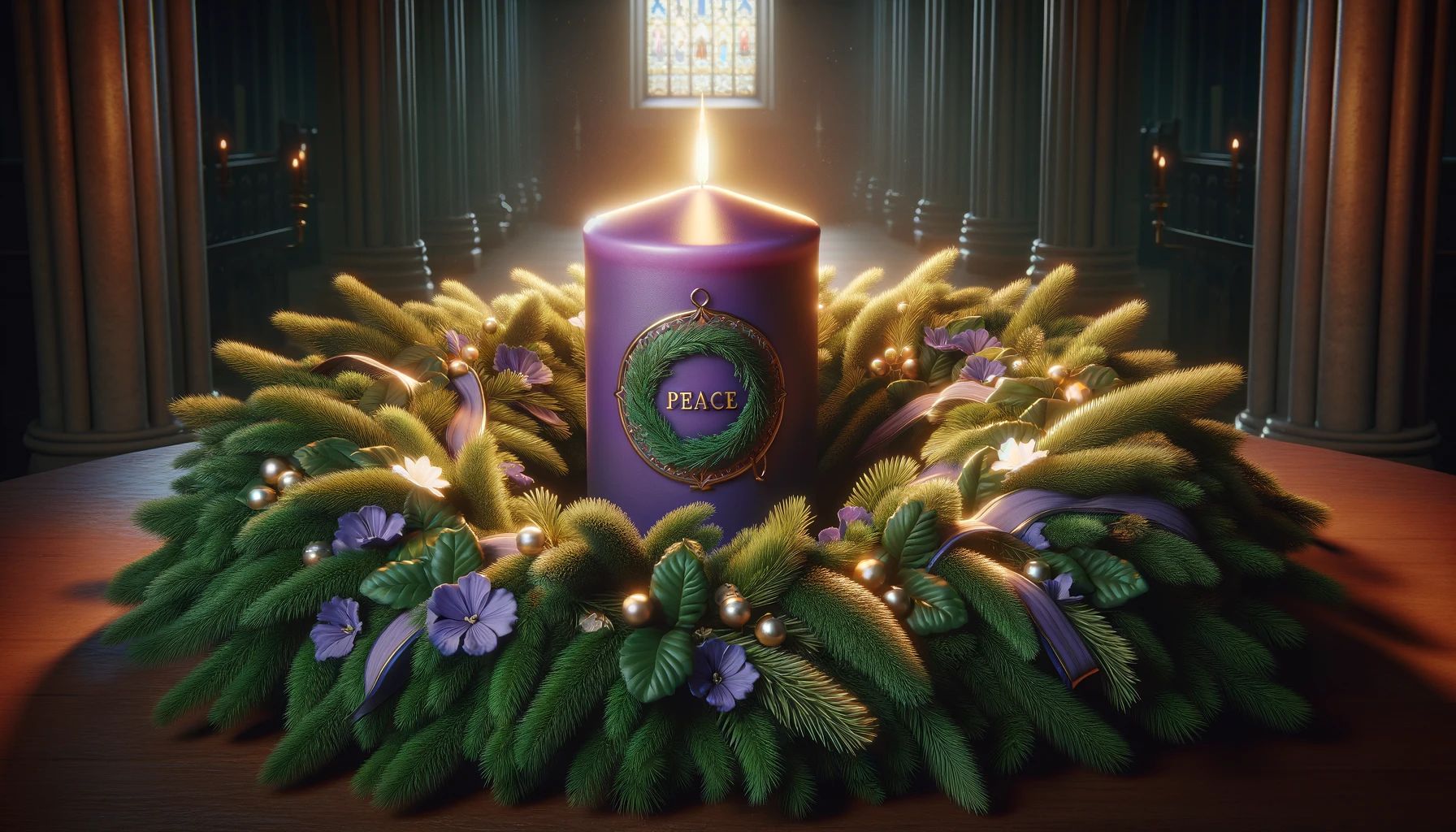

Special Themes
What Does The Second Candle Of Advent Mean
Published: February 13, 2024
Peter Smith, Editorial Director at Christian.net, combines deep insights into faith, politics, and culture to lead content creation that resonates widely. Awarded for his contributions to religious discourse, he previously headed a major organization for religious communicators, enhancing dialogue on faith's societal impacts.
Discover the significance of the second candle of Advent and its special themes. Uncover the deeper meaning and traditions associated with this important symbol.
(Many of the links in this article redirect to a specific reviewed product. Your purchase of these products through affiliate links helps to generate commission for Christian.net, at no extra cost. Learn more)
Table of Contents
Introduction
The second candle of Advent holds profound significance in the Christian tradition, symbolizing hope and preparation as the faithful anticipate the arrival of Christmas. As the Advent season unfolds, the lighting of the second candle marks a pivotal moment in the spiritual journey towards the celebration of the birth of Jesus Christ. This candle, often referred to as the "Bethlehem Candle," serves as a beacon of hope and a reminder of the anticipation that characterized the period leading up to the birth of Jesus.
The lighting of the second candle typically takes place on the second Sunday of Advent, infusing the atmosphere with a sense of anticipation and expectation. As the flickering flame illuminates the surroundings, it serves as a poignant reminder of the hope that Christ's birth brings to the world. This act of lighting the candle not only symbolizes the passage of time but also serves as a visual representation of the increasing brightness that accompanies the approaching celebration of Christmas.
The second candle, positioned alongside the first candle, creates a visually striking tableau that captures the essence of the Advent season. Together, these candles symbolize the growing anticipation and the increasing light that emanates from the presence of Christ. The lighting of the second candle serves as a powerful reminder of the hope that Christ's birth brings to humanity, infusing the season with a sense of joy and expectation.
As we delve deeper into the symbolism and meaning of the second candle of Advent, we will uncover the rich tapestry of traditions and customs associated with this significant element of the Advent season. Through exploring these traditions, we gain a deeper understanding of the spiritual significance and the enduring impact of the second candle in the hearts and minds of believers around the world.
Read more: What Does The Hope Advent Candle Mean
The Symbolism of the Second Candle
The second candle of Advent, also known as the Bethlehem Candle, holds profound symbolism within the Christian tradition. As the second Sunday of Advent approaches, the lighting of this candle serves as a poignant symbol of hope and preparation. Positioned alongside the first candle, which represents expectation, the second candle further illuminates the spiritual journey towards the celebration of Christmas.
The act of lighting the second candle signifies the increasing anticipation and the growing brightness that accompanies the approaching celebration of Christ's birth. This candle embodies the concept of hope, serving as a beacon that guides believers through the Advent season. The flickering flame represents the light of Christ, which shines brightly amidst the darkness, offering hope and reassurance to all who behold it.
The symbolism of the second candle extends beyond its visual representation. It serves as a reminder of the anticipation that characterized the period leading up to the birth of Jesus. Just as the light of the candle dispels darkness, the hope embodied by the second candle dispels despair and instills a sense of joy and expectation in the hearts of believers.
Furthermore, the second candle symbolizes the prophetic preparation for the coming of the Messiah. It represents the hope and longing of the people of Israel as they awaited the fulfillment of God's promise. This symbolism resonates deeply with the faithful, reminding them of the enduring hope that Christ's birth brings to humanity.
In essence, the second candle of Advent embodies the profound symbolism of hope and preparation. It serves as a powerful reminder of the anticipation and expectation that permeate the Advent season, infusing the hearts of believers with a sense of joy and reassurance. As the second candle is lit, its symbolism reverberates through the ages, encapsulating the enduring hope and the profound significance of Christ's birth.
Through the symbolism of the second candle, believers are invited to reflect on the timeless message of hope and preparation, embracing the anticipation of Christ's coming with renewed faith and joy. As the Advent season unfolds, the second candle stands as a steadfast symbol of hope, illuminating the path towards the celebration of the birth of Jesus Christ.
The Meaning of the Second Candle in Advent
The second candle of Advent, often referred to as the Bethlehem Candle, holds profound significance within the Christian tradition. As the Advent season progresses, the lighting of the second candle on the second Sunday serves as a poignant symbol of hope and preparation. This candle represents the anticipation and expectation that characterized the period leading up to the birth of Jesus Christ.
The lighting of the second candle embodies the concept of hope, signifying the increasing anticipation and the growing brightness that accompanies the approaching celebration of Christ's birth. Positioned alongside the first candle, which symbolizes expectation, the second candle further illuminates the spiritual journey towards Christmas. Together, these candles create a visually striking tableau that captures the essence of the Advent season, infusing the atmosphere with a sense of anticipation and expectation.
The second candle also holds deep spiritual meaning, symbolizing the prophetic preparation for the coming of the Messiah. It represents the hope and longing of the people of Israel as they awaited the fulfillment of God's promise. This symbolism resonates deeply with believers, serving as a reminder of the enduring hope that Christ's birth brings to humanity.
Moreover, the second candle serves as a beacon of light amidst the darkness, representing the hope and reassurance that Christ's presence brings to the world. The flickering flame of the candle embodies the light of Christ, dispelling despair and instilling a sense of joy and expectation in the hearts of believers. It serves as a visual reminder of the anticipation that characterized the period leading up to the birth of Jesus, offering a profound message of hope and preparation.
In essence, the second candle of Advent encapsulates the timeless message of hope and preparation, inviting believers to embrace the anticipation of Christ's coming with renewed faith and joy. As the Advent season unfolds, the second candle stands as a steadfast symbol of hope, illuminating the path towards the celebration of the birth of Jesus Christ.
Traditions and Customs Associated with the Second Candle
The lighting of the second candle of Advent is accompanied by a rich tapestry of traditions and customs that hold deep significance within the Christian community. As the second Sunday of Advent approaches, families and congregations come together to partake in these time-honored rituals, infusing the season with a sense of reverence and anticipation.
One of the most prevalent traditions associated with the second candle is the Advent wreath, a circular arrangement of evergreen branches adorned with candles. The wreath serves as a visual representation of the eternal nature of God and the hope that Christ's birth brings to the world. As the second candle, often referred to as the Bethlehem Candle, is lit, it marks a pivotal moment in the Advent season, signifying the increasing anticipation and the growing brightness that accompanies the approaching celebration of Christmas.
In many households and churches, the lighting of the second candle is accompanied by readings from the Scriptures, prayers, and hymns that center around the themes of hope and preparation. Families gather around the Advent wreath, with each member taking turns to light the candles and participate in the shared experience of reflection and anticipation. This tradition fosters a sense of unity and spiritual connection, as individuals come together to prepare their hearts for the celebration of Christ's birth.
Another cherished custom associated with the second candle is the act of engaging in acts of charity and kindness. As the season of Advent unfolds, believers are encouraged to embody the spirit of hope and preparation by reaching out to those in need, extending a helping hand, and spreading joy and goodwill within their communities. This tradition reflects the essence of Christ's teachings, emphasizing the importance of compassion and selflessness as integral aspects of the Advent journey.
Furthermore, the lighting of the second candle often coincides with the decoration of homes and churches, as believers adorn their surroundings with symbols of hope and anticipation. From intricate nativity scenes to vibrant displays of light, these decorations serve as visual reminders of the profound significance of the Advent season, infusing the atmosphere with a sense of joy and expectation.
In essence, the traditions and customs associated with the second candle of Advent serve to deepen the spiritual significance of the season, fostering a sense of unity, reflection, and anticipation within the Christian community. Through these time-honored rituals, believers are invited to embrace the timeless message of hope and preparation, preparing their hearts to welcome the arrival of Christmas with faith, joy, and reverence.
Conclusion
In conclusion, the second candle of Advent, known as the Bethlehem Candle, embodies profound symbolism and meaning within the Christian tradition. As the Advent season unfolds, the lighting of the second candle on the second Sunday serves as a poignant reminder of hope and preparation. Positioned alongside the first candle, which represents expectation, the second candle further illuminates the spiritual journey towards the celebration of Christmas.
The symbolism of the second candle extends beyond its visual representation, serving as a beacon of hope amidst the darkness. The flickering flame represents the light of Christ, dispelling despair and instilling a sense of joy and expectation in the hearts of believers. It serves as a visual reminder of the anticipation that characterized the period leading up to the birth of Jesus, offering a profound message of hope and preparation.
Furthermore, the traditions and customs associated with the second candle enrich the Advent season, fostering a sense of unity, reflection, and anticipation within the Christian community. From the cherished rituals surrounding the Advent wreath to the acts of charity and kindness that define this season, believers are invited to embrace the timeless message of hope and preparation, preparing their hearts to welcome the arrival of Christmas with faith, joy, and reverence.
As the second candle is lit, its symbolism reverberates through the ages, encapsulating the enduring hope and the profound significance of Christ's birth. Through the timeless message of hope and preparation embodied by the second candle, believers are invited to reflect on the anticipation of Christ's coming with renewed faith and joy.
In essence, the second candle of Advent stands as a steadfast symbol of hope, illuminating the path towards the celebration of the birth of Jesus Christ. It serves as a poignant reminder of the anticipation and expectation that permeate the Advent season, infusing the hearts of believers with a sense of joy and reassurance. As the Advent season unfolds, the second candle serves as a beacon of hope, guiding believers through the spiritual journey towards the celebration of the birth of Jesus Christ.
